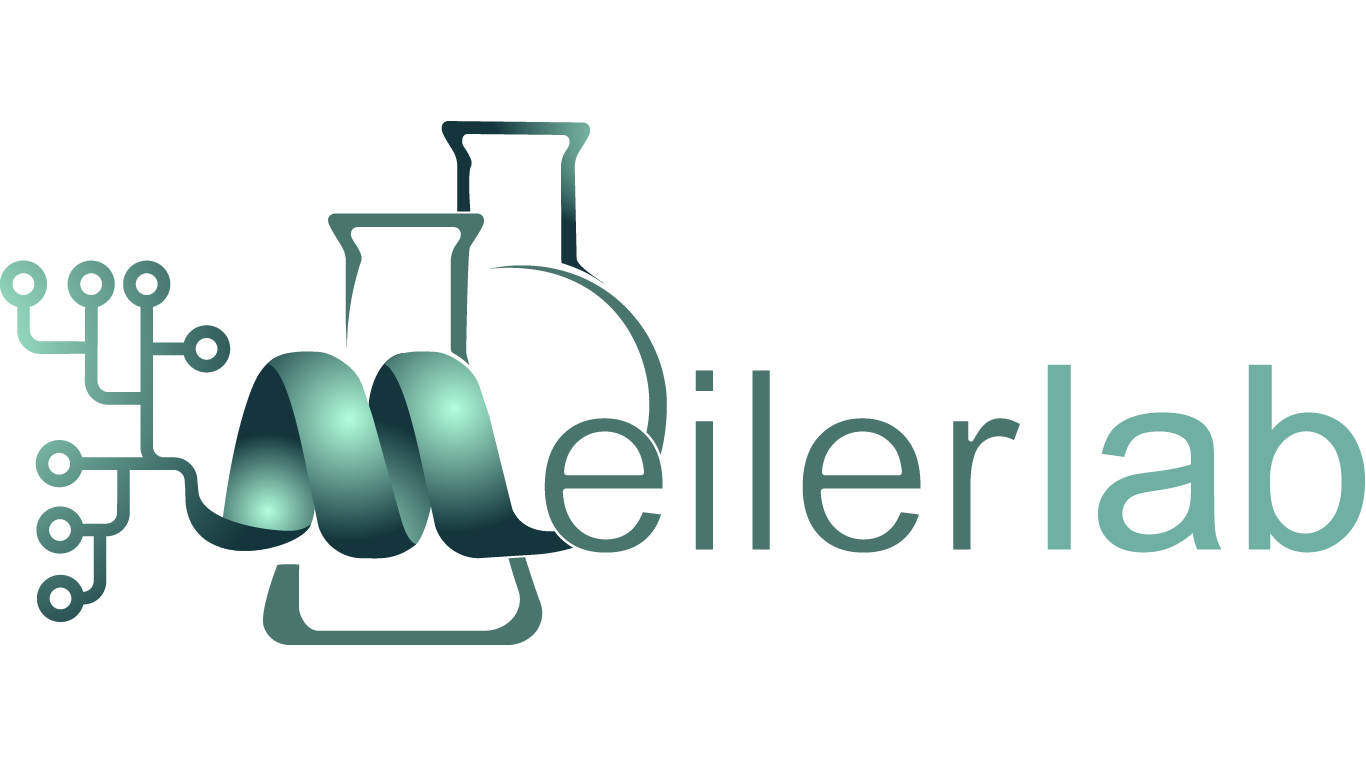Two typically long loops have already been a focus of research in the Meilerlab: the ECL2 in GPCRs and the CDR H3 in antibodies. For the former a modeling approach was recently proposed by the Meilerlab in an improved homology modeling protocol for GPCRs with low-sequence identity templates[1]. The latter is an interesting target for modeling and design as it is critical to antigen binding. In a publication of Kodali et al. an optimized template based approach is presented for modeling this structurally diverse region[2]. A more general approach to long loop modeling combining deep learning predictions with Rosetta algorithms is currently in development in the Meilerlab (Reference to Victoria M. page).[[ADD LINKS]]
References:
[1]
Bender, B. J., Marlow, B. & Meiler, J. Improving homology modeling from low-sequence identity templates in Rosetta: A case study in GPCRs. PLOS Comput. Biol. doi:10.1371/journal.pcbi.1007597.
[2]
Kodali, P., Schoeder, C. T., Schmitz, S., Crowe, J. E. & Meiler, J. RosettaCM for antibodies with very long HCDR3s and low template availability. Proteins Struct. Funct. Bioinforma. 89, 1458–1472 (2021).
